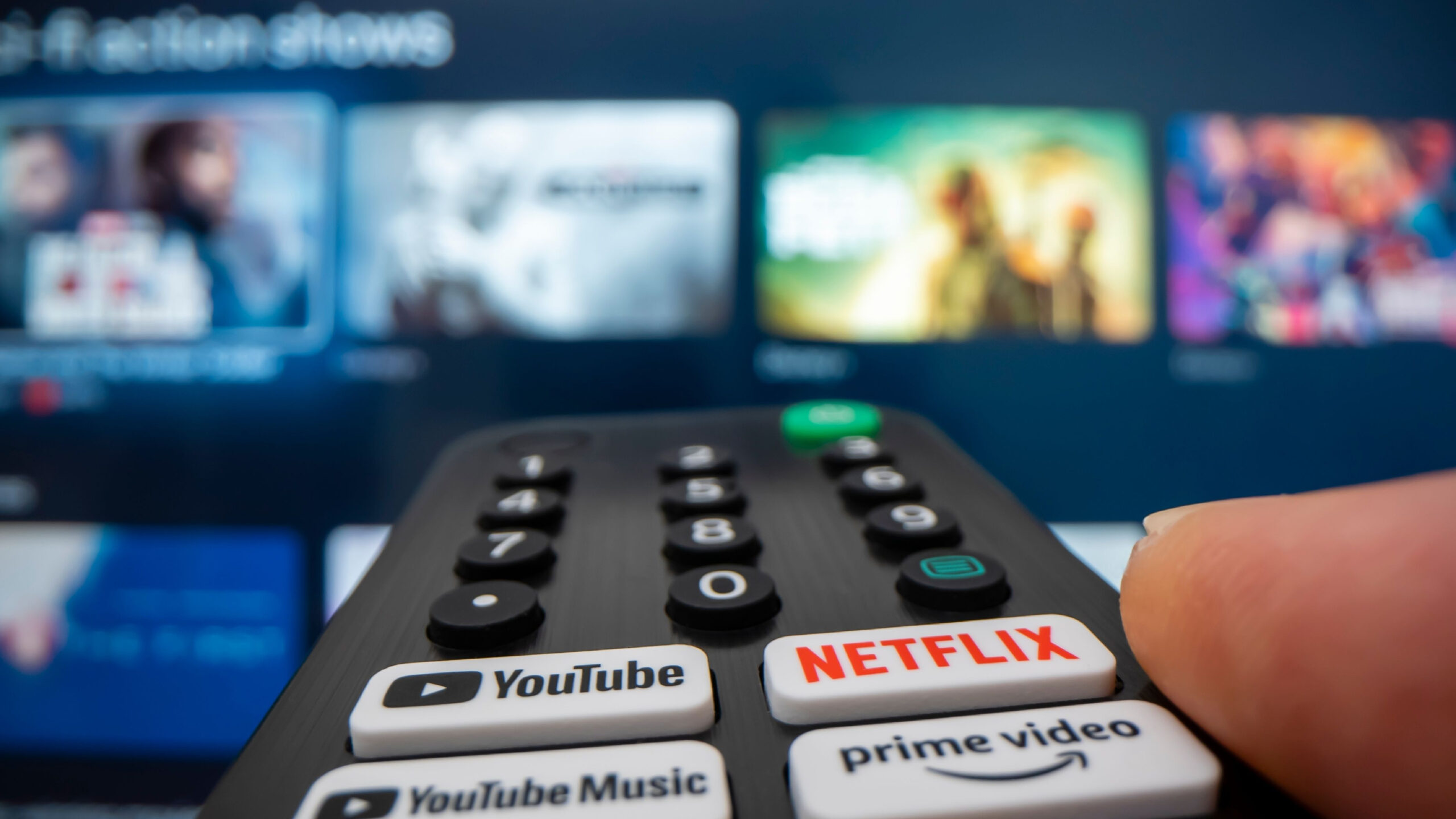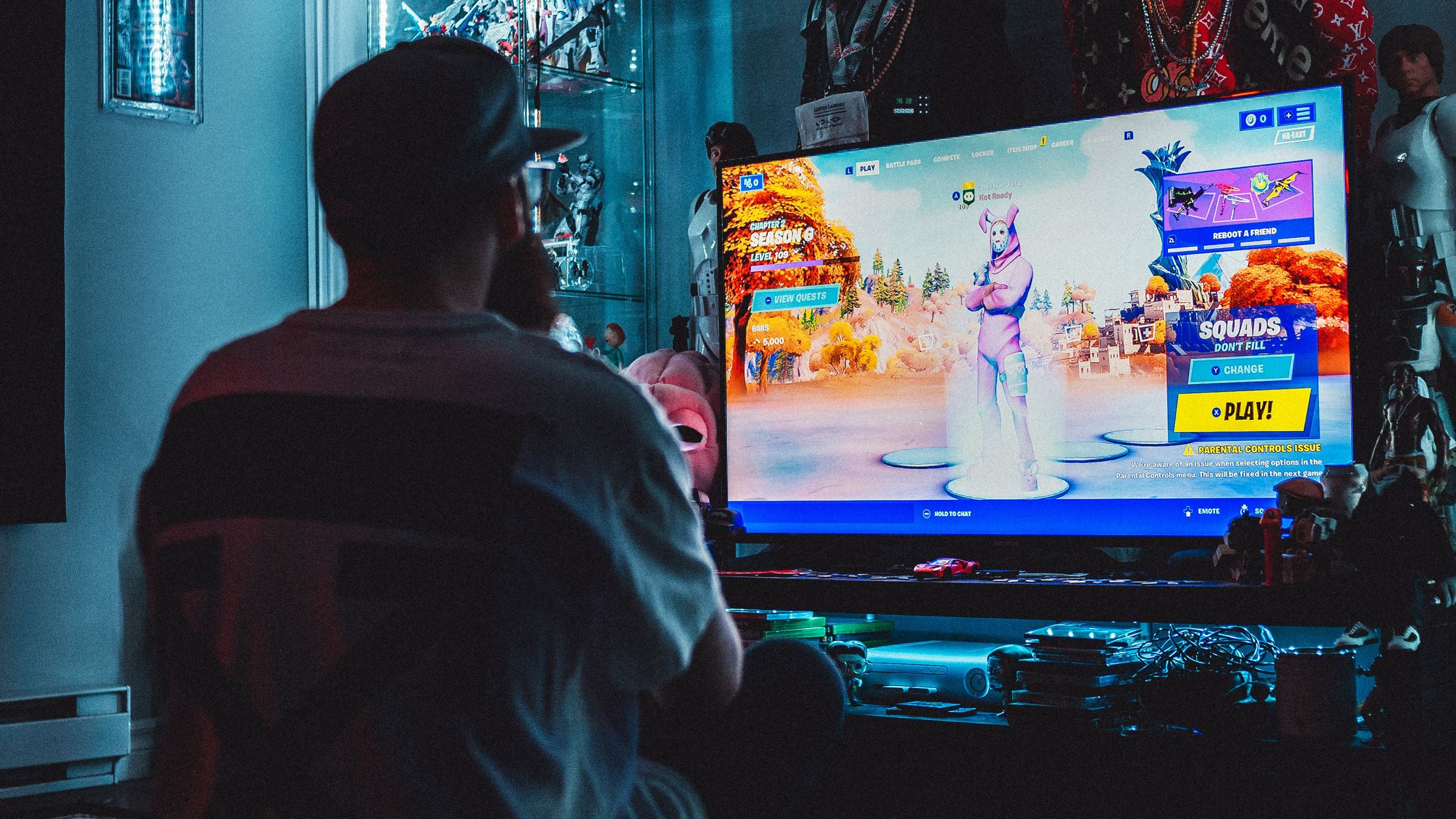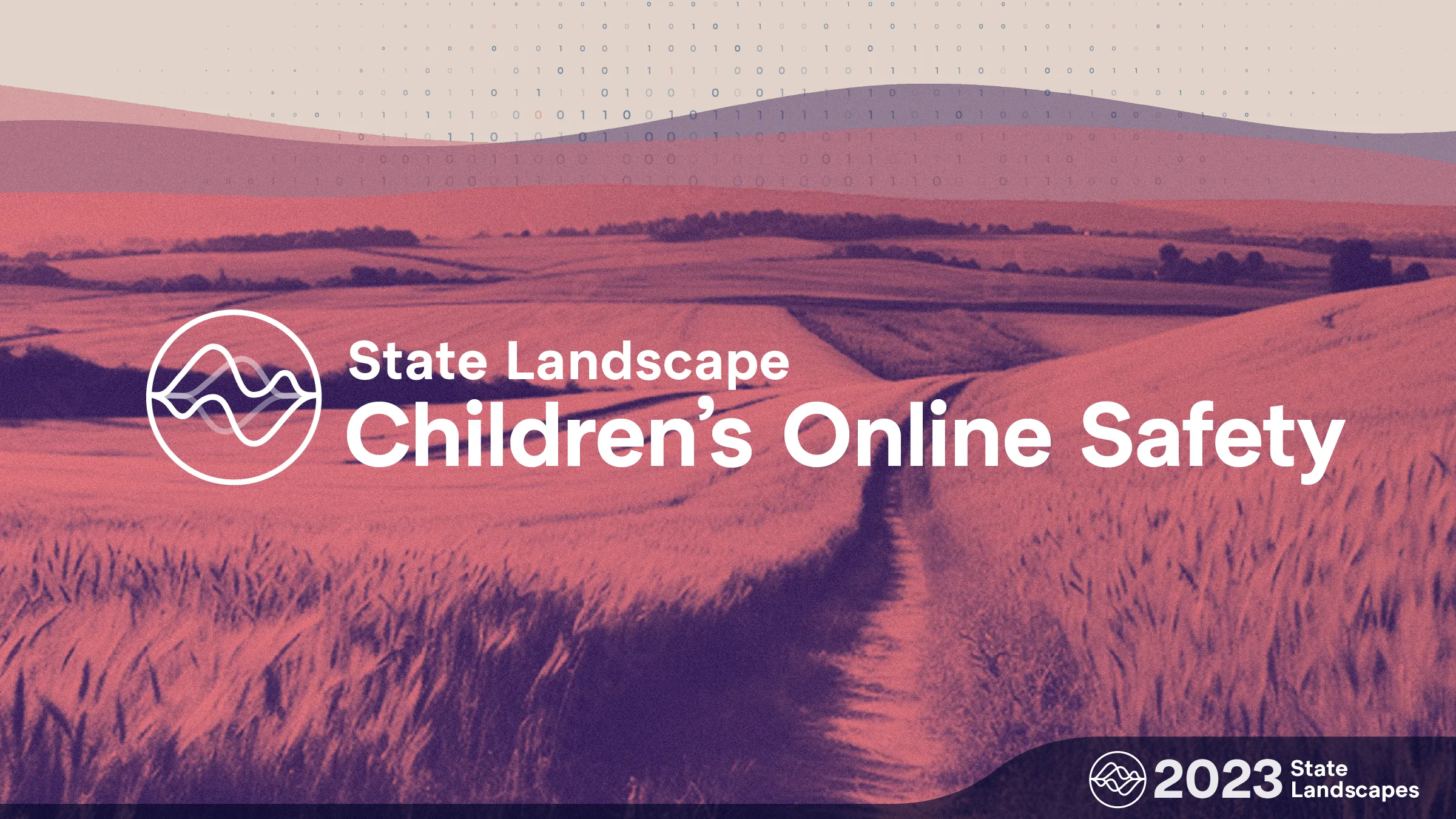The Rise of Streaming in 2017
Emerging artists continue to use the Internet and music streaming services to launch and sustain their careers.
According to a recent article in the Washington Post, in November 2014, country singer Luke Combs co-wrote the hit song Hurricane with two friends. He recorded and mastered the song at his own expense (the mastering cost $200) in May 2015. He then uploaded it to iTunes via TuneCore, a digital distribution service that allows anyone to sell or license music on digital media stores and streaming services. Within a week, Hurricane sold 15,000 downloads, and as of this week, it has sold over 487,000 copies. It was also the top playing song on terrestrial radio for two weeks in May.
The success of Hurricane led to an independent label deal, then a contract with Columbia Nashville. Combs attributes the success of Hurricane in part to his building a small fan base while playing shows as a college student in North Carolina. The fan base provided an initial market for Hurricane, which then grew virally.
But a traditional label deal isn’t always the goal for artists who make a name for themselves online — nor is selling music. Take for example Chicago native Chance the Rapper (born Chancelor Johnathan Bennett), a favorite of former President Obama, who distributes his music for free over the Internet. This year Chance became the first artist to win a Grammy without selling physical copies of his music, as he only releases it via streaming services. This was possible due to a change in Grammy rules last year to include albums released on “applicable streaming services.”
The enormous fan base Chance has built from the free distribution of his latest release Coloring Book allows him to profit from touring and selling merchandise. His independence from any label provides him with complete artistic freedom, and he has been vocal about maintaining control of his music as an artist, in the face of the “streaming wars.”
Even Taylor Swift, who famously pulled her music off of Spotify several years ago, made her songs available via streaming services again two weeks ago, which may be indicative of a new approach to streaming by mainstream pop stars as well. (Regardless of the motivation, the move resulted in nearly all of her albums charting on the Billboard 200, generating more than $300,000 in the first week they were available to stream again.)
Further demonstrating this trend, Spotify announced last week that they now have more than 140 million users worldwide, although they continue to pay out millions more to rightsholders than they take in. Streaming music has become the largest revenue driver in the U.S. music industry, according to the recording industry, and was for the first time responsible for more than half of all U.S. music industry revenue in 2016, according to recent industry numbers.








